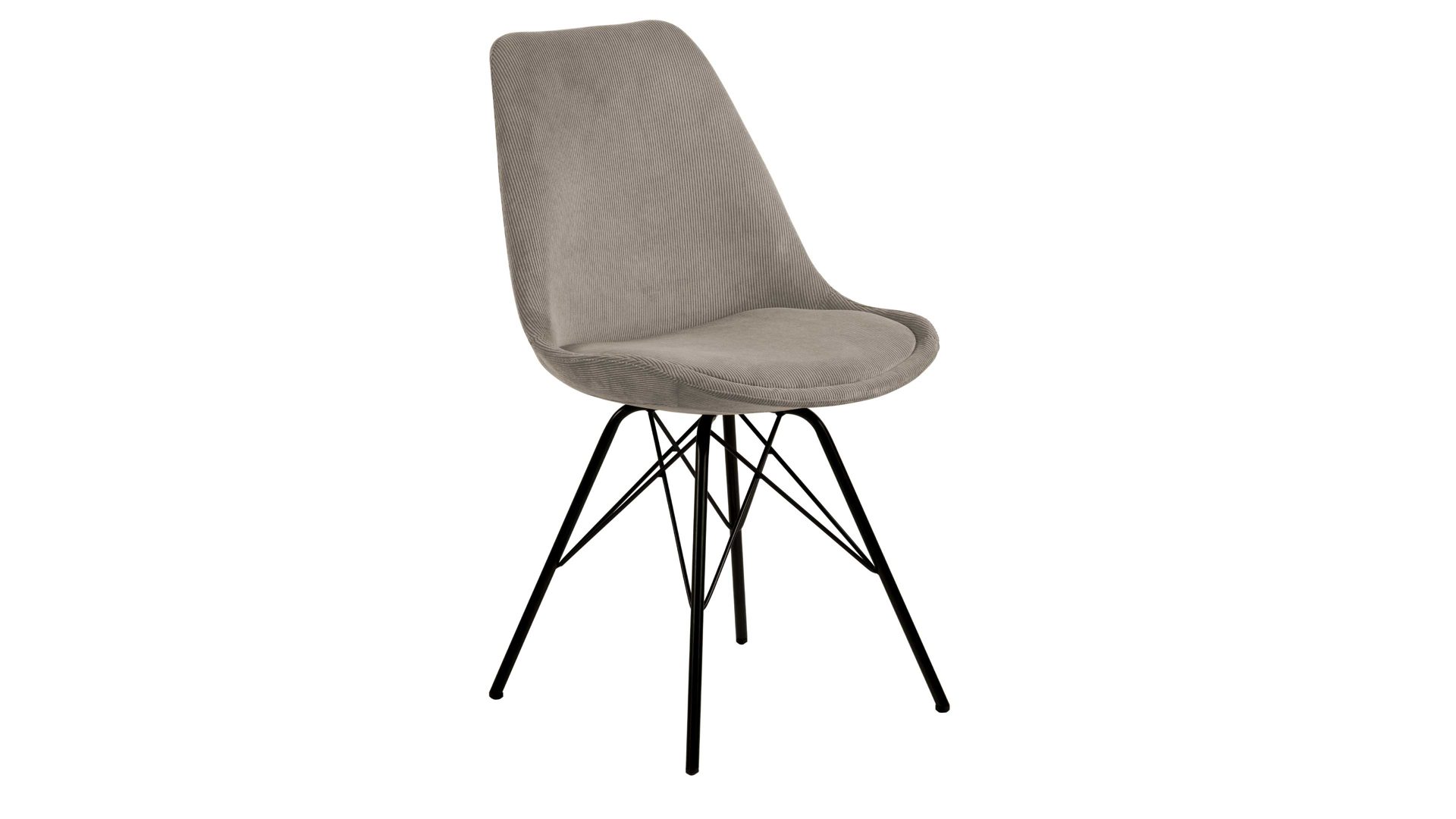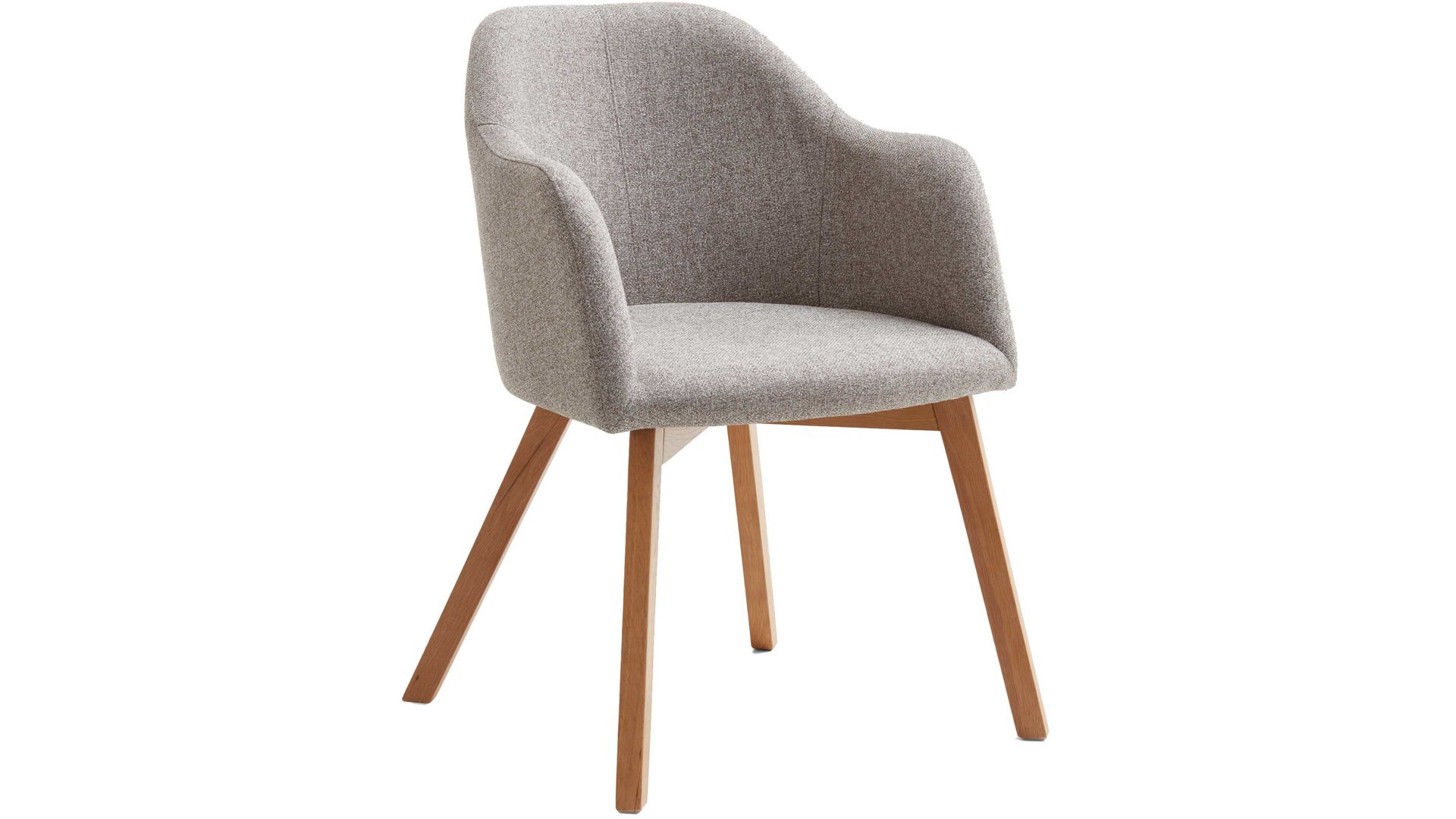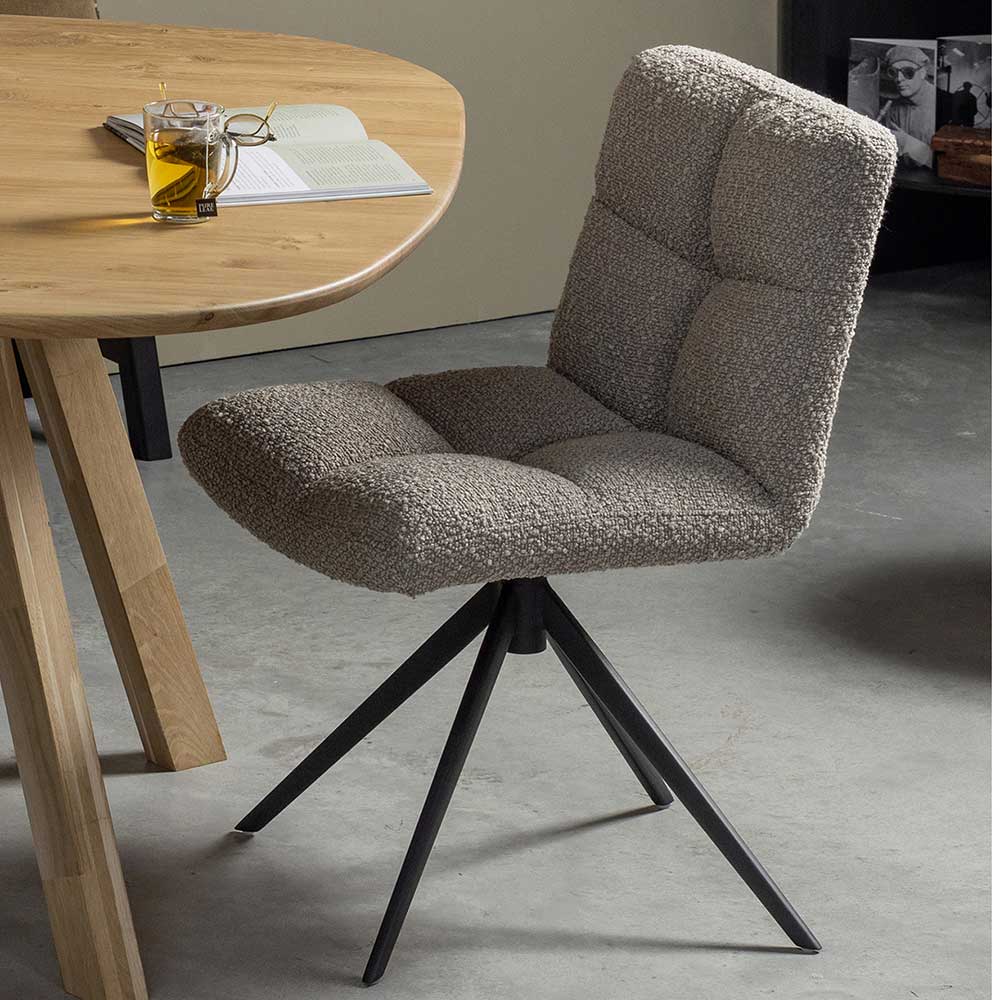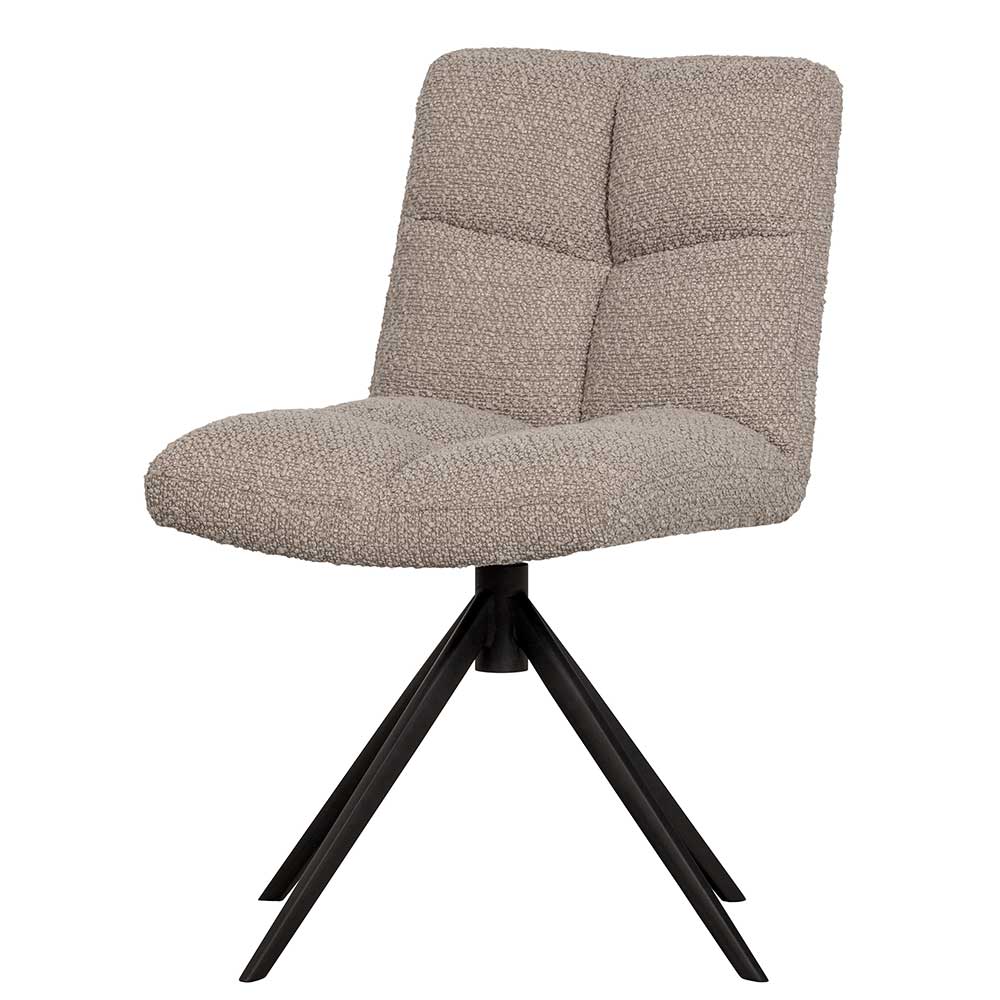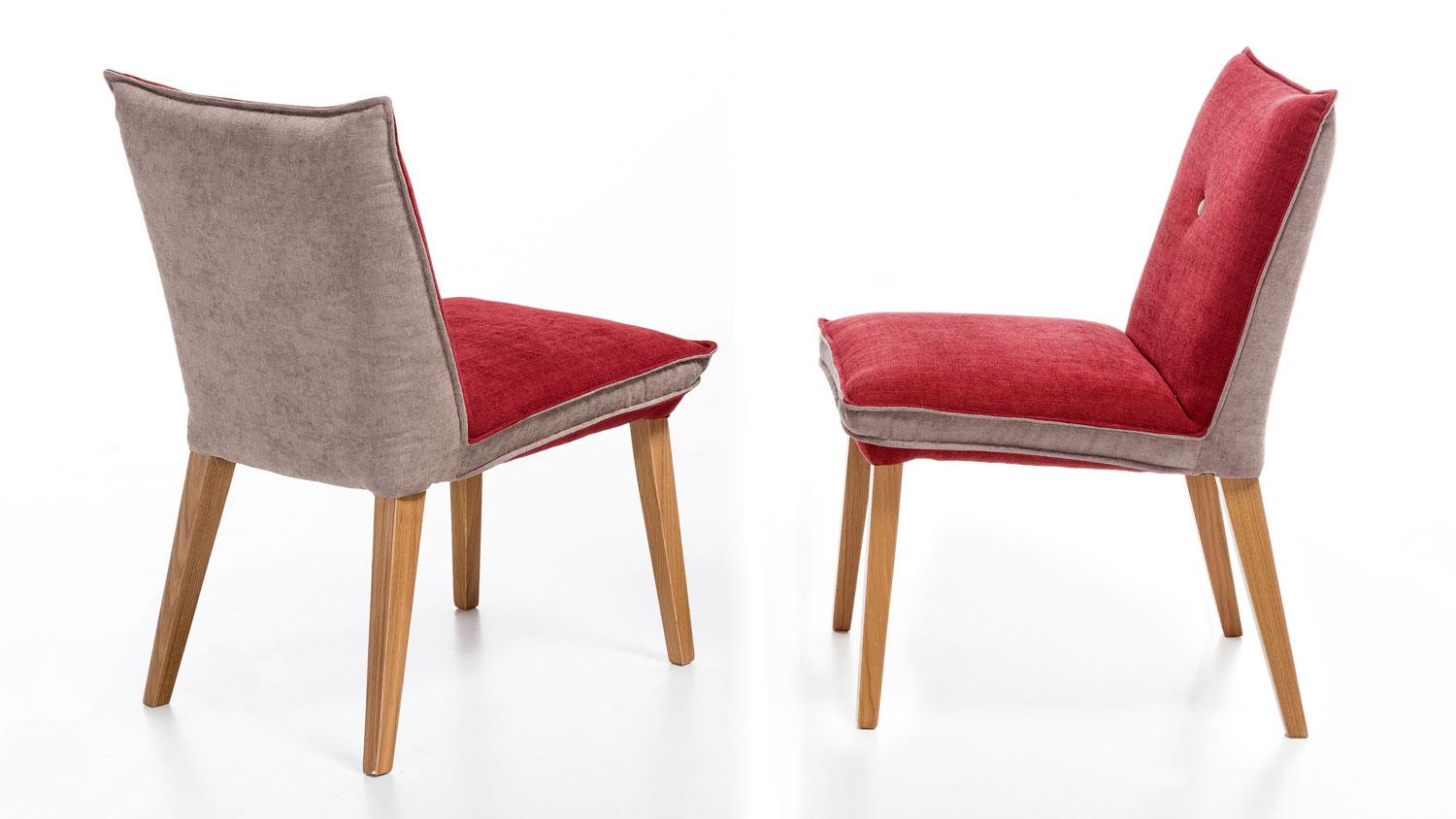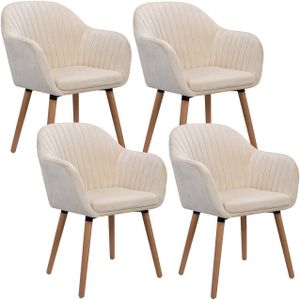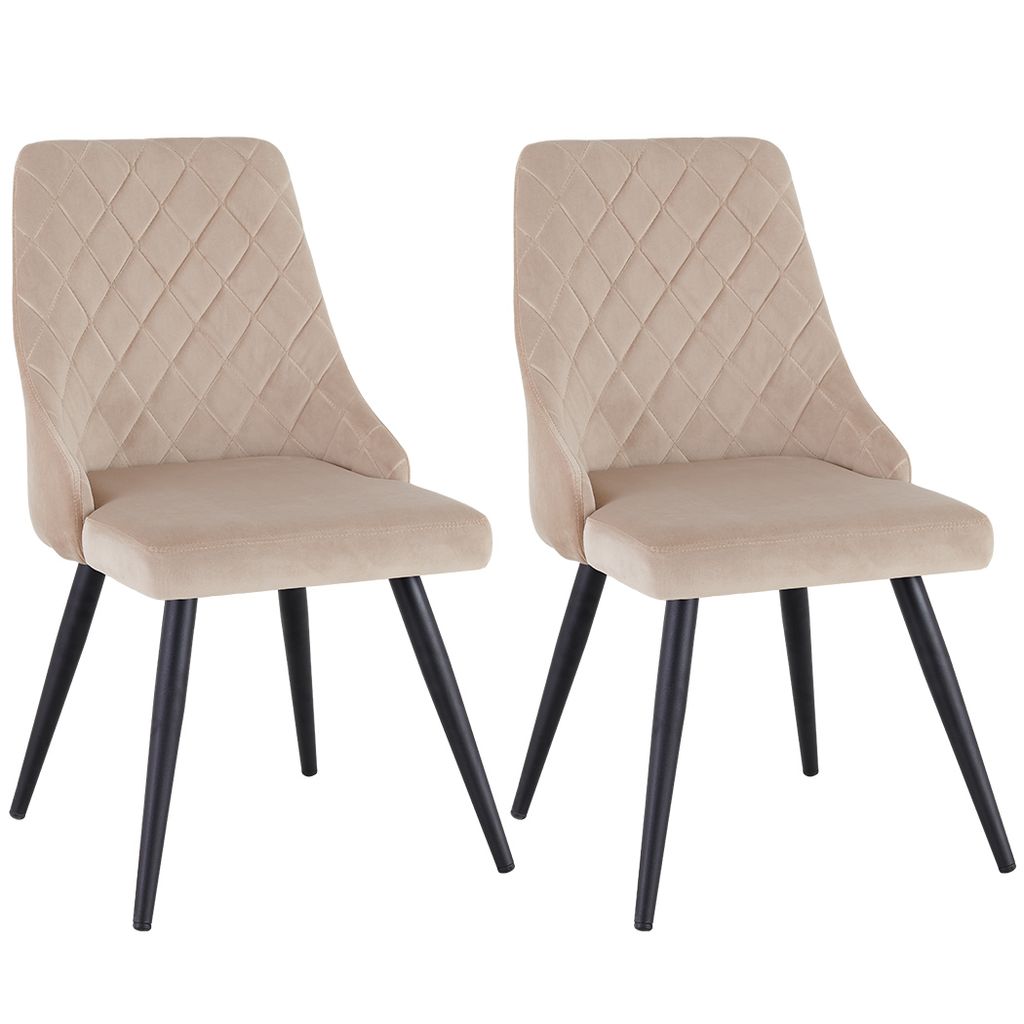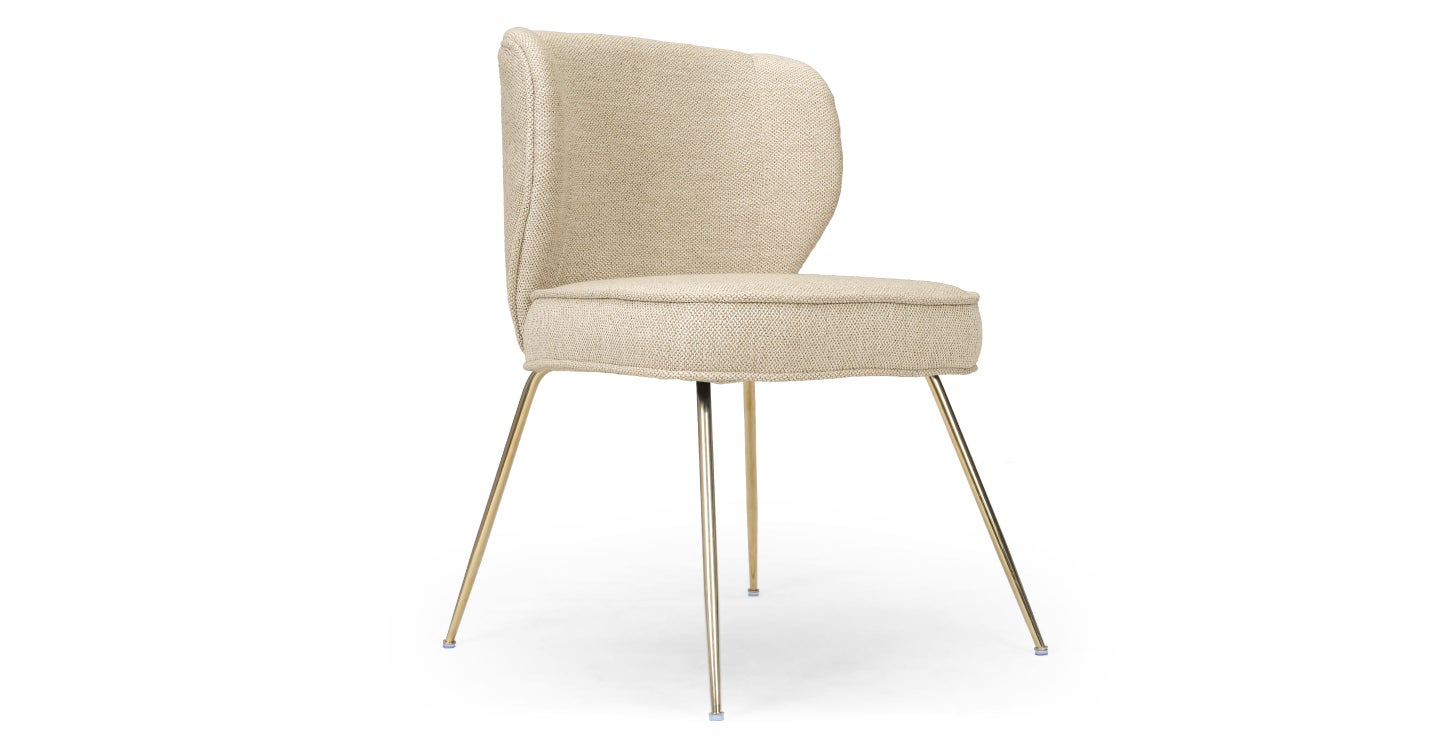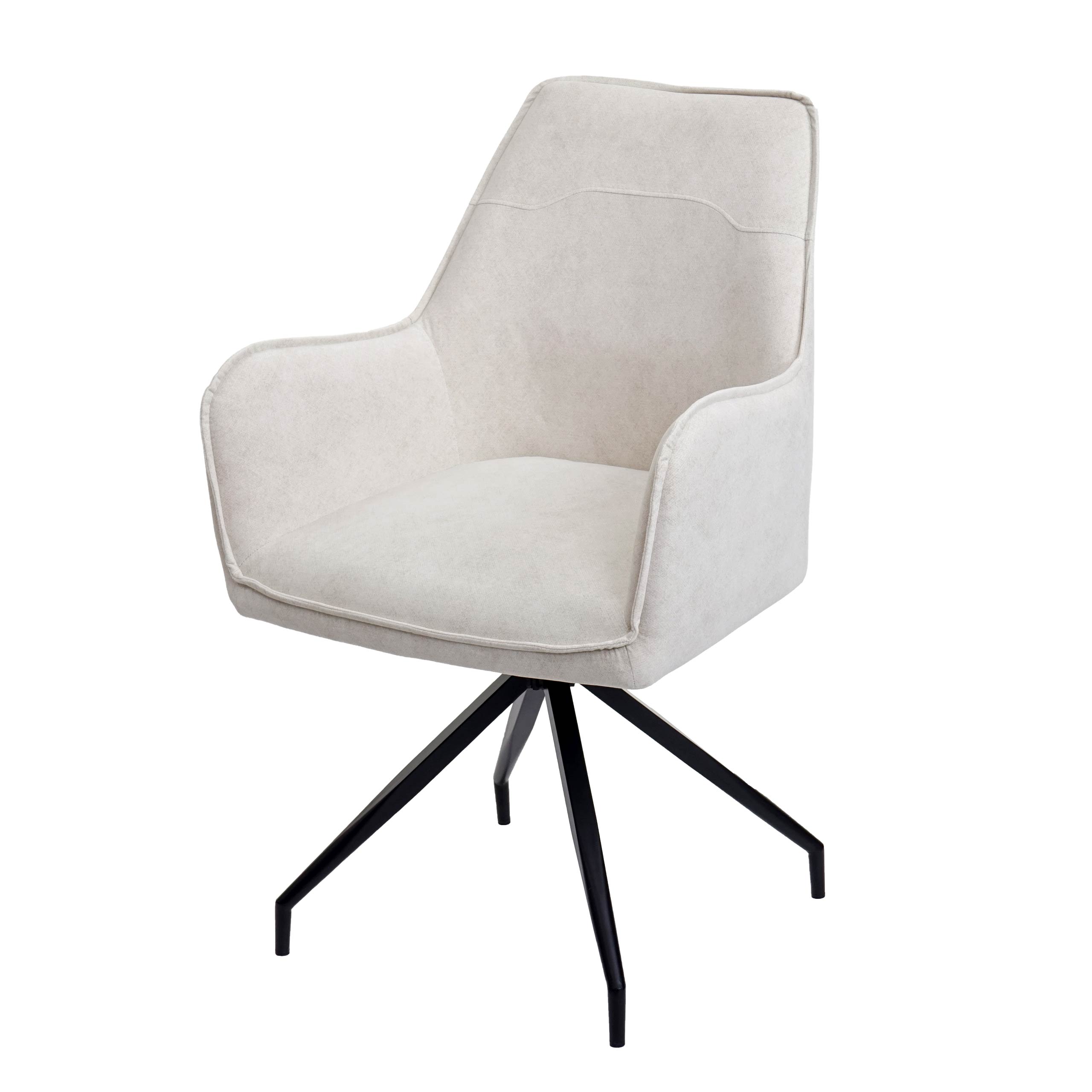
Esszimmerstuhl HWC-K15, Küchenstuhl Polsterstuhl Stuhl mit Armlehne, Stoff/Textil Metall ~ creme-beige von Heute-Wohnen

Duhome 2er Set Esszimmerstuhl aus Stoff Samt Stuhl Retro Design Polsterstuhl mit Rückenlehne Metallbeine Farbauswahl 8052B, Farbe:Beige, Material:Samt : Amazon.de: Küche, Haushalt & Wohnen
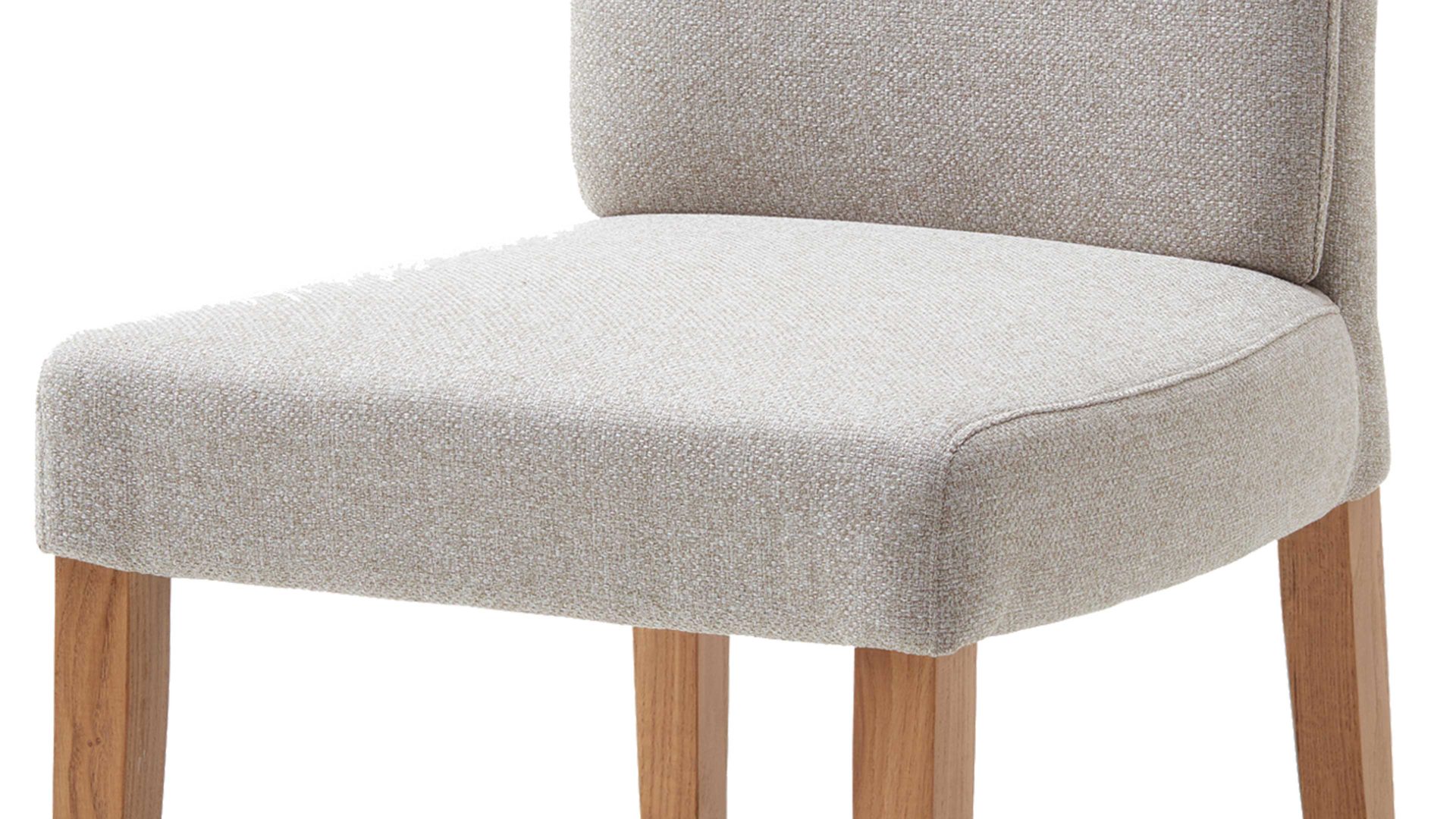
Polsterstuhl bzw. Sitzmöbel Flynn, schlammfarbener Webstoff Nexus 9013 &, Höxter, Paderborn, Detmold
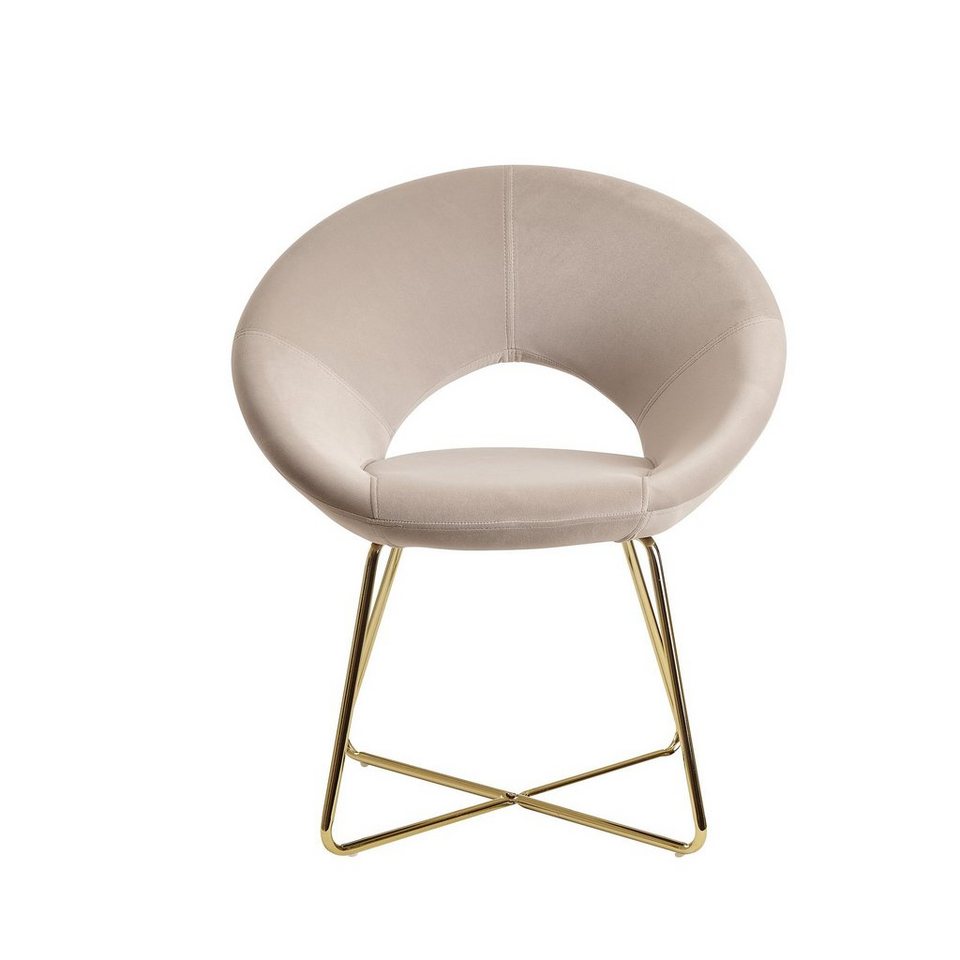
Wohnling Polsterstuhl WL6.191 (Samt Beige, Küchenstuhl Gepolstert Modern), Polsterstuhl Esszimmer, Design Schalenstuhl
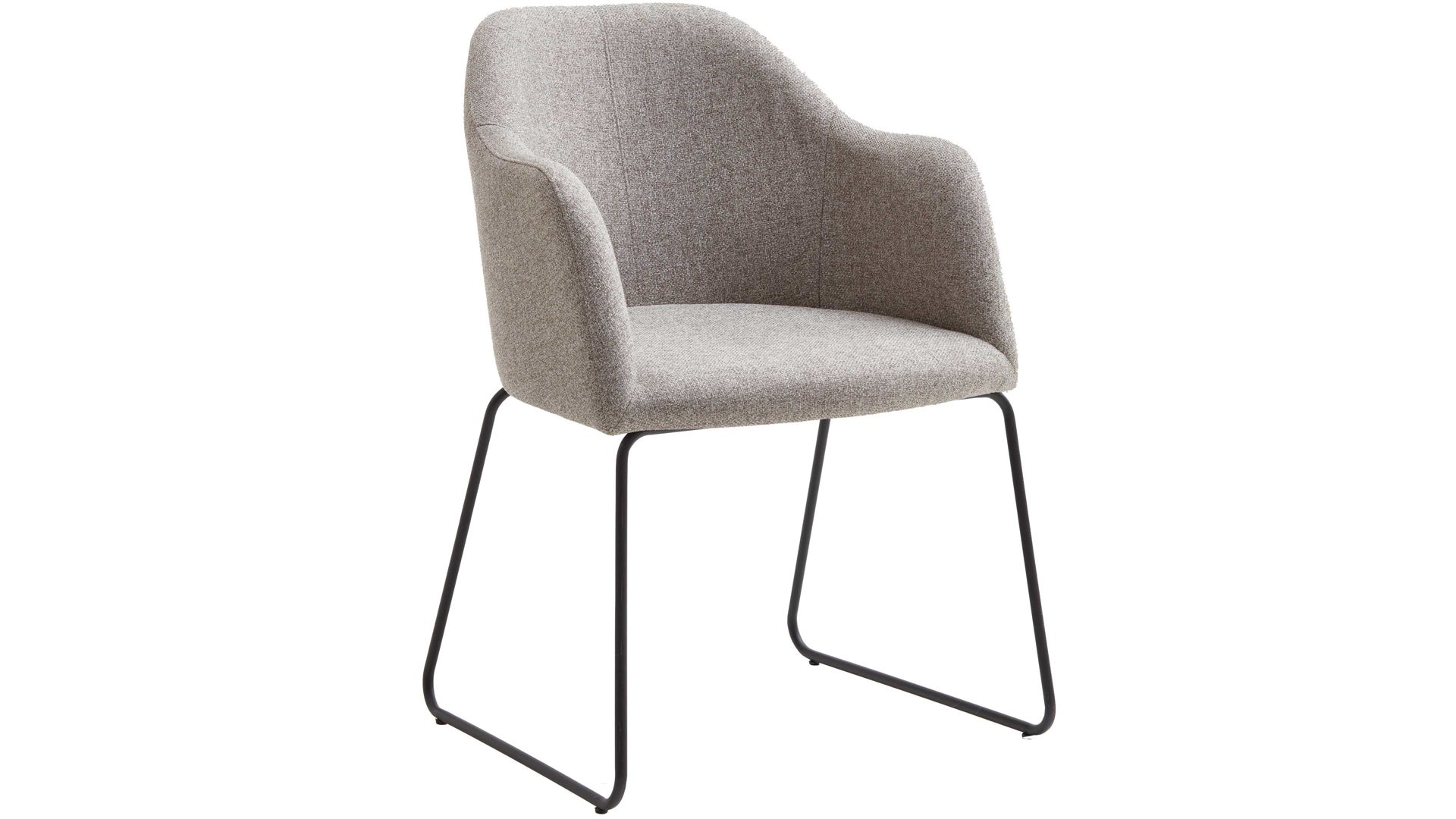
Armlehnstuhl Charly, schlammfarbener Webstoff Nexus 9013 & schwarzes, Lamstedt, Cuxhaven, Bremerhaven
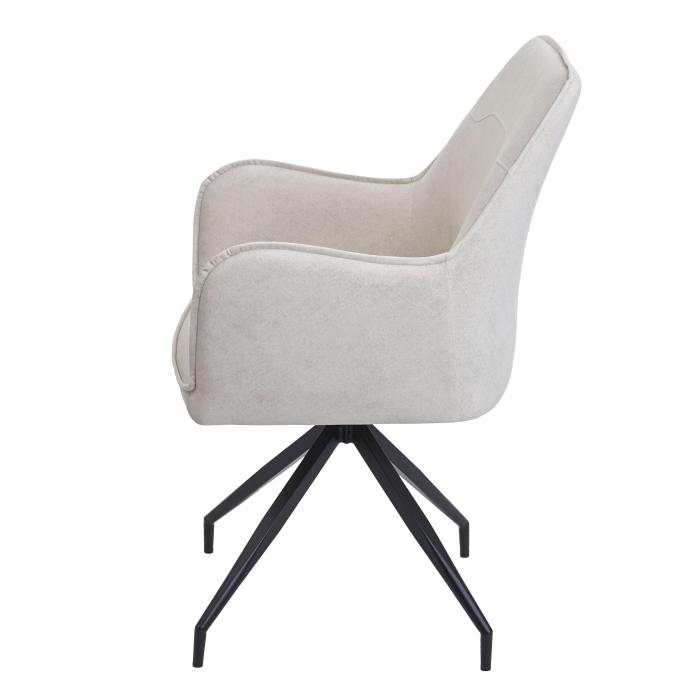
Esszimmerstuhl HWC-K15, Küchenstuhl Polsterstuhl Stuhl mit Armlehne, Stoff/Textil Metall ~ creme-beige von Heute-Wohnen

WOHNLING Design Esszimmerstuhl 2er Set Samt Beige Gepolstert | Küchenstuhl Stoff mit goldenen Beinen | Schalenstuhl

Esszimmerstuhl Samt Beige Küchenstuhl mit Schwarzen Beinen, Schalenstuhl Stoff, Metall, Design Polsterstuhl, Stuhl Esszimmer Gepolstert | Swisshandel24

Interliving Esszimmer Serie 5102 – Armlehn-Polsterstuhl U232, sandfarbene, Lahr, Freiburg, Offenburg

